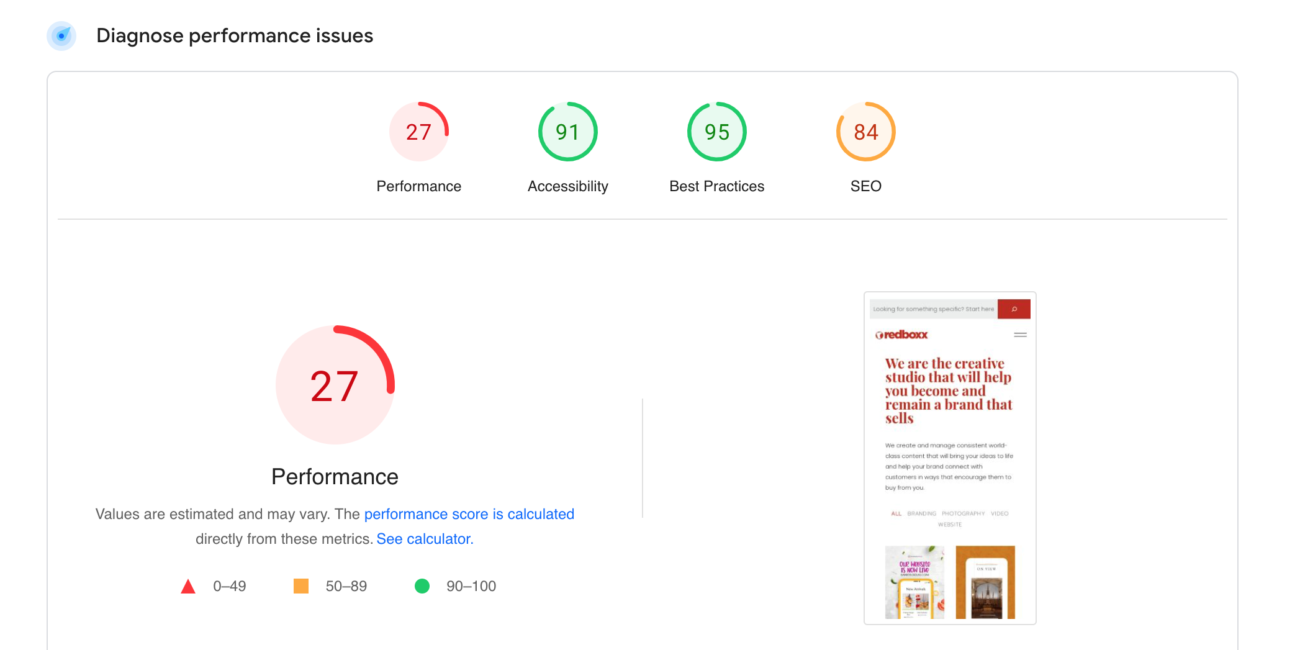Having a well-optimized e-commerce website is crucial for attracting organic traffic and driving sales. Search Engine Optimization (SEO) plays a vital role in improving your website's visibility on search engines, ultimately leading to increased conversions and revenue. In this blog post, we will explore the best practices to enhance your e-commerce SEO and boost your online business.

1. Conduct Comprehensive Keyword Research
Keyword research forms the foundation of any successful SEO strategy. Start by identifying relevant and high-intent keywords that your target audience is likely to use when searching for products similar to yours. Utilize tools like Google Keyword Planner, SEMrush, or Ahrefs to discover valuable keywords and their search volumes. Optimize your product pages, category pages, and blog content around these keywords to improve organic rankings and visibility. These are some tasks that will help you with this:
2. Optimize Product Pages
Your product pages are the heart of your e-commerce website. Optimize each product page with the targeted keyword in mind, ensuring it appears in the title, meta description, URL, and product description. Create unique and compelling product descriptions that provide valuable information to potential buyers. Incorporate customers reviews and ratings to enhance trust and credibility, which can positively impact your SEO and conversion rates. These are some tasks that will help you with this:
Keyword integration is a critical component of eCommerce SEO, focusing on effectively incorporating relevant keywords throughout various elements of your product pages. This ensures that search engines can easily understand the content of your pages, improving their visibility in search results.
Title Tag – The title tag is one of the most critical elements for SEO. It’s the first thing search engines and users see. Include the primary keyword naturally. Keep it concise and compelling.
Meta Description – Use a well-crafted meta description to improve click-through rates (CTR). Write a clear and enticing meta description that includes the primary keyword and a call-to-action (CTA).
URL – Use a clean and keyword-rich URL that is short, descriptive, and include the primary keyword.
High-Quality Images – Visual content significantly influences purchasing decisions. Use high-resolution images and optimize their file size for faster loading times. Include alt text with relevant keywords.
Example: Alt text: “Red running shoes with breathable mesh fabric”
Customer Reviews and Ratings – Reviews build trust and can influence purchasing decisions. They also provide fresh content that can improve SEO. Display customer reviews and ratings prominently on the product page. Encourage customers to leave reviews after their purchase.
FAQs – FAQs address common customer questions and concerns, enhancing the user experience and reducing bounce rates. Include an FAQ section on the product page with questions that incorporate relevant keywords.
Videos – Videos can improve engagement and provide detailed insights into the product. Create product demonstration videos, reviews, or tutorials. Host them on platforms like YouTube and embed them on the product page with optimized titles and descriptions.

3. Focus on Site Architecture and Navigation
A clear and intuitive site architecture is essential for both user experience and SEO. Organize your products into relevant categories and subcategories, making it easy for visitors to find what they are looking for. Implement a breadcrumb navigation system to help users navigate through your site effortlessly. Properly linking your product pages, category pages, and blog posts can also improve search engine crawlability and indexation. These are some tasks that will help you with this
4. Optimize Page Loading Speed
Website speed is a critical factor in SEO and user experience. A slow-loading website can lead to high bounce rates and reduced search engine rankings. Optimize your e-commerce site for speed by compressing images, minifying CSS and JavaScript files, and utilizing browser caching. Regularly monitor your website's loading times and make necessary adjustments to maintain optimal performance.
These are some tasks that will help you with this
Use Google Page Speed Insights or a similar tool to evaluate your website's loading speed. Identify areas that can be optimized, such as image compression or cache settings, and make the necessary adjustments to improve loading times.
5. Mobile-Friendly Design
In the era of mobile-first indexing, having a mobile-friendly website is non-negotiable. Ensure your e-commerce site is responsive and provides a seamless experience across various devices and screen sizes. Google prioritizes mobile-friendly websites, so having one can significantly improve your chances of ranking higher in mobile search results. These are some tasks that will help you with this
Test your website's mobile responsiveness on different devices and screen sizes. Identify any issues or elements that may not display correctly on mobile devices and work on resolving them to ensure a seamless mobile experience. Regularly test your site’s mobile usability using tools like Google’s Mobile-Friendly Test and PageSpeed Insights.
6. Leverage Rich Snippets
Implementing structured data markup, such as Schema.org, allows search engines to better understand the content on your website. This, in turn, can lead to the display of rich snippets in search results, providing users with more valuable information upfront. Rich snippets can include product prices, ratings, availability, and other details that can increase click-through rates and attract more potential buyers.These are some tasks that will help you with this

7. Invest in Content Marketing
Content marketing is a powerful way to boost your e-commerce SEO and engage with your target audience. Create informative and valuable blog posts, guides, and videos that address common pain points, provide solutions, and showcase your products' benefits. High-quality content can attract backlinks from other websites, improving your domain authority and search engine rankings.These are some tasks that will help you with this










